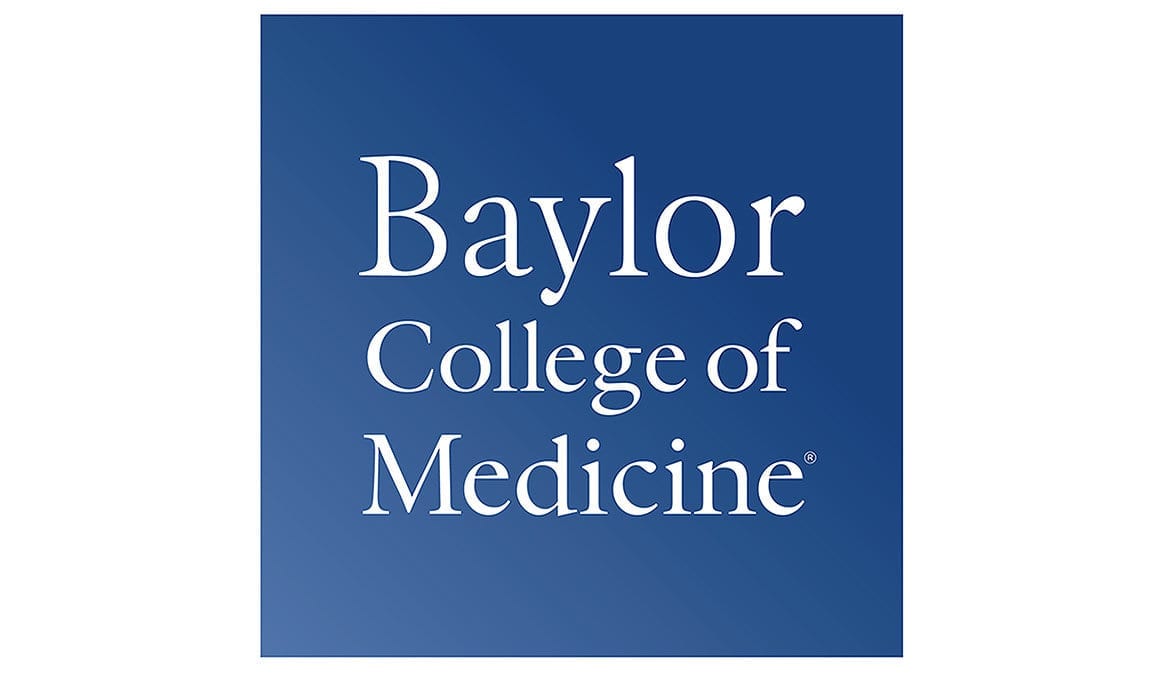
Baylor College of Medicine (BCM), located in the Texas Medical Center in Houston, Texas, US, is a health sciences university.
The Latest Bing News on:
Baylor College of Medicine (BCM) Research
- National Institutes of Health All of Us Research Program Mobile Tour Visits Houston, TX
Forward and Baylor College of Medicine in Houston, TX will host the All of Us Journey, a traveling educational exhibit that brings the National Institutes of Health's All of Us Research Program to ...
- AI-MARRVEL: New AI Accelerates Diagnosis of Rare Genetic Disorders
AIM, developed by Baylor College of Medicine, enhances genetic diagnosis accuracy and speed by prioritizing causative variants in rare diseases, showing superior results compared to other methods.
- Dr. Shanda Blackmon named director of The Lung Institute at Baylor Medicine
Dr. Shanda H. Blackmon, renowned in the field of thoracic surgery, specializing in minimally invasive lung segmentectomy and complex thoracic ...
- Using AI to improve diagnosis of rare genetic disorders
They are affiliated with one or more of the following institutions: Baylor College of Medicine, Jan and Dan Duncan Neurological Research Institute at Texas Children’s Hospital, Al Hussein Technical ...
- CAR T cell therapy targeting HER2 antigen shows promise against advanced sarcoma in phase I trial
Researchers at Texas Children’s Cancer Center and the Center for Cell and Gene Therapy at Baylor College of Medicine, Texas Children’s Hospital ...
The Latest Bing News on:
Baylor College of Medicine (BCM) Discovery
- AI System Unveils New Approach to Rare Disease Diagnosis
Investigators at Baylor College of Medicine developed a new AI system called AI-MARRVEL (AIM) that helps doctors diagnose rare genetic diseases more quickly and accurately. The research was published ...
- Using AI to improve diagnosis of rare genetic disorders
Investigators at Baylor College of Medicine are trying to make the process ... helping to advance the discovery of novel disease mechanisms. “The diagnostic rate for rare genetic disorders ...
- AI-MARRVEL: New AI Accelerates Diagnosis of Rare Genetic Disorders
AIM, developed by Baylor College of Medicine, enhances genetic diagnosis accuracy and speed by prioritizing causative variants in rare diseases, showing superior results compared to other methods.
- Dr. Shanda Blackmon named director of The Lung Institute at Baylor Medicine
Dr. Shanda H. Blackmon, renowned in the field of thoracic surgery, specializing in minimally invasive lung segmentectomy and complex thoracic ...
- Using AI to improve diagnosis of rare genetic disorders
Investigators at Baylor College of Medicine are trying to make the process more efficient ... of clinical knowledge of the gene of interest, helping to advance the discovery of novel disease ...








